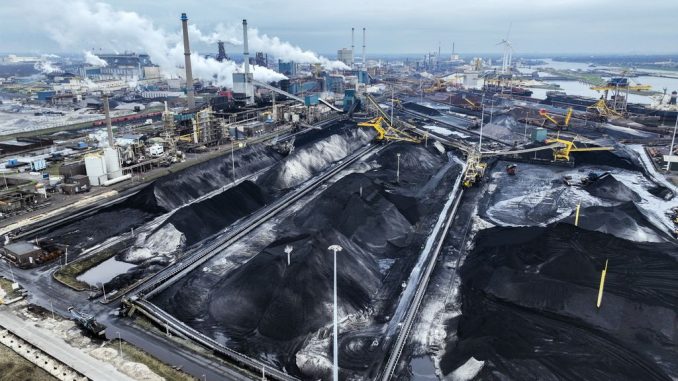
Overview
The year 2021 witnessed a landmark decline in CO2 emissions by over 13 percent from 345 of the largest CO2 emitters in the Netherlands, compared to 2022. According to the Dutch Emissions Authority (NEa), this is the most significant drop ever recorded. These businesses, which are part of the European Emissions Trading System (ETS), are responsible for about half of the total CO2 emissions in the Netherlands.
Reductions in the Energy Sector
The reduction is especially noteworthy in the Dutch energy sector, where companies have transitioned from using fossil energy to renewable resources for electricity generation. This shift occurred despite the removal of production restrictions on coal-powered plants for the sake of maintaining supply security.
Understanding Trading Certificates
In the European Union (EU), specific sectors receive authorization for CO2 emission based on the possession of CO2 certificates. The number of these certificates varies annually under the EU’s control, with the total decreasing each year for emission reduction purposes. Since companies can trade certificates between each other, those that efficiently produce goods can earn profits by selling their excess certificates to other businesses with greater pollution rates. This setup, known as the emissions trading system, provides an economic incentive for sustainable production. Around 10,000 companies in Europe are obliged to abide by the rules of the ETS.
The Exception: Aviation
Aviation is the anomaly here, with emissions from this sector soaring by 11 percent in 2021. This increase pertains to internal flights within the European Economic Area supervised by Dutch authorities. Despite the arrival of cleaner aircraft, the surge in flights following the end of the COVID-19 pandemic led to this rise in emissions. NEa asserts that aviation’s emissions could potentially reach pre-pandemic levels soon.
The Industrial Sector
On the brighter side, the industrial sector also experienced a reduction in CO2 emissions. Lone-standing maintenance at Tata Steel’s blast furnace, the Netherlands’ leading CO2 emitter, was a significant factor. High energy costs and increasing raw material prices led other industries to reduce production rates, consequently causing a fall in their emissions. For a continuous descent in CO2 emissions, more industries need to innovate further, duly notes Mark Bressers, the director of NEa. While the augmentation of renewable energy sources has contributed to a significant emission reduction, the lesser production rates in industries do not necessarily indicate their move towards sustainability.
Concluding Thoughts
The drastic decline in the Netherlands’ CO2 emissions reflects the success of collective efforts in transitioning towards sustainable practices. Though challenges lie ahead, particularly within the aviation and industrial sectors, the future of environmental wellbeing looks promising.

Be the first to comment